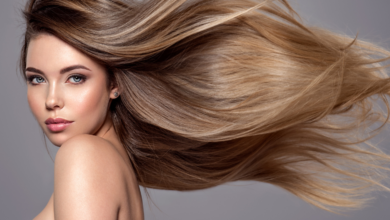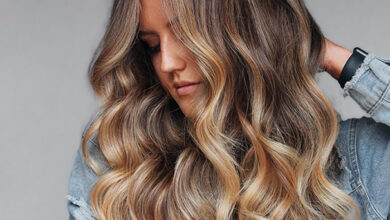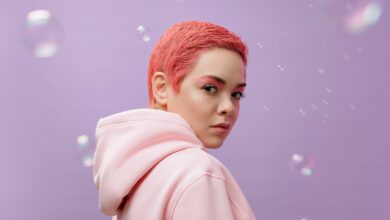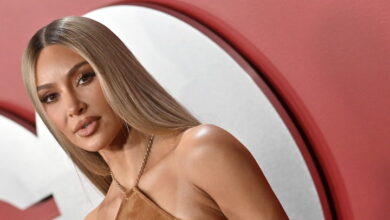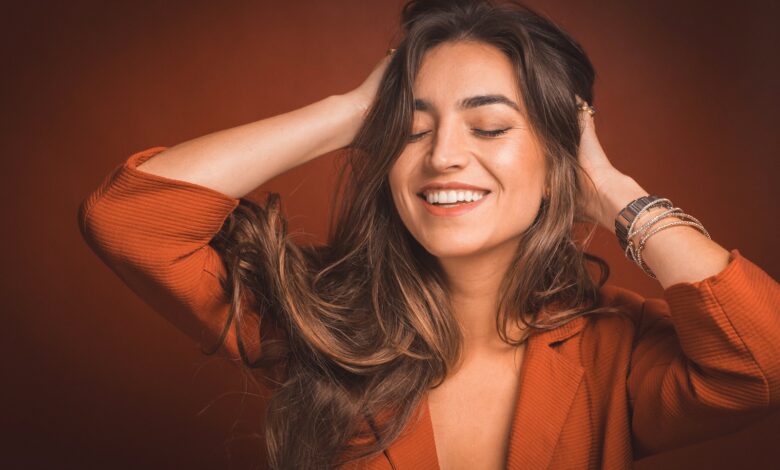
Are you tired of making the wrong hair color choices and ending up with a shade that just doesn’t suit you? Look no further! In this article, we will help you understand the fascinating world of hair color undertones. Whether you want to go warm or cool, knowing your undertone is crucial to achieving flawless results. So, get ready to discover the secrets that will finally unlock the perfect hair color for you!

What are hair color undertones?
Definition of hair color undertones
Hair color undertones refer to the subtle underlying shades that can be found in hair color. These undertones are present in both natural hair colors and artificial hair dyes. Understanding the concept of hair color undertones is essential in choosing the most flattering hair color for your skin tone and in maintaining the vibrancy and longevity of your chosen hair color.
How undertones affect hair color
Undertones have a significant impact on the overall appearance of your hair color. They can enhance or detract from your skin tone, complement or clash with your natural hair color, and even affect the way your hair color fades over time. By understanding your hair color undertones, you can make informed decisions about which hair colors will suit you best and how to maintain them for optimal results.
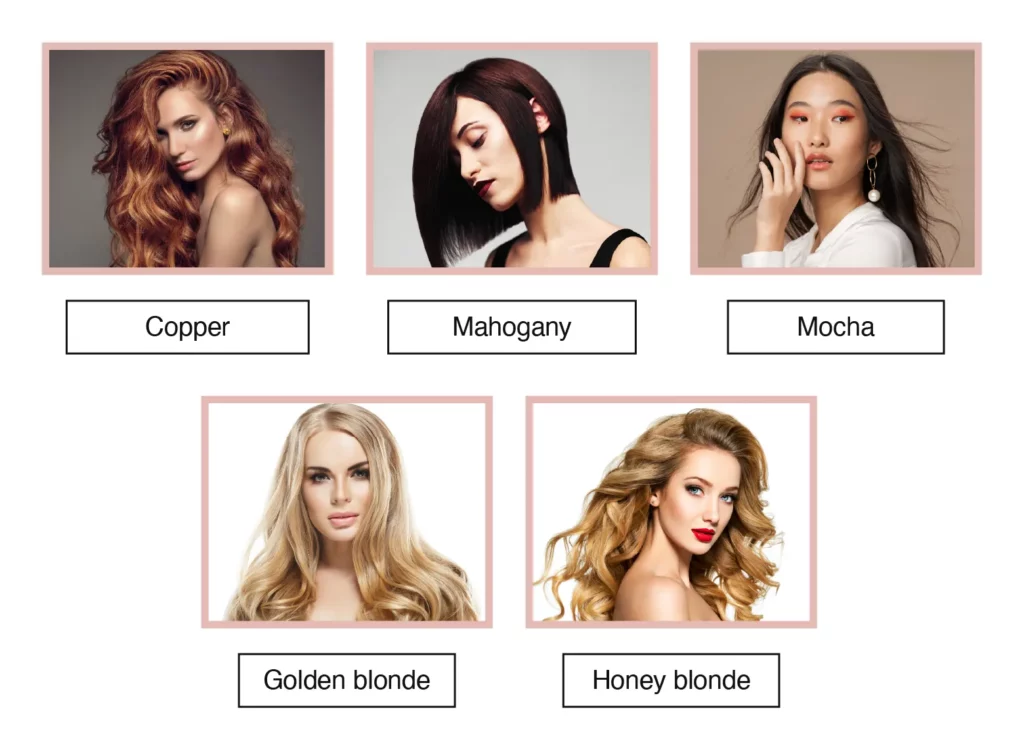
Warm undertones
Characteristics of warm undertones
Individuals with warm undertones tend to have a golden or peachy cast to their skin. Their natural hair colors often include shades of red, orange, and gold. Warm undertones bring warmth and radiance to the complexion, creating a healthy and vibrant look. People with warm undertones typically have veins that appear more greenish, and they tend to tan easily rather than burn in the sun.
Popular warm hair colors
For individuals with warm undertones, hair colors that enhance their natural warmth are the most flattering. Shades like golden blonde, caramel brown, and copper red work exceptionally well with warm undertones. These colors bring out the warmth in the skin, creating a harmonious and natural-looking appearance.
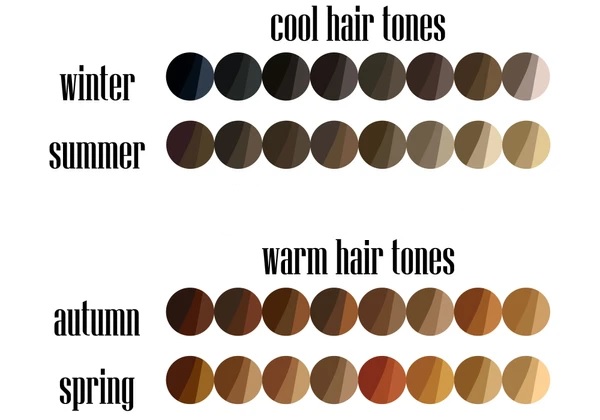
Cool undertones
Characteristics of cool undertones
Cool undertones are characterized by a pink or bluish cast to the skin. People with cool undertones often have eyes that appear more blue, gray, or green, and their veins tend to have a bluish tint. Cool undertones give a fresh and cool appearance to the complexion, creating a clean and elegant look. Those with cool undertones are more likely to burn in the sun rather than tan.
Popular cool hair colors
Hair colors that complement cool undertones are often cool-toned themselves. Shades like ash blonde, platinum blonde, and cool brunette hues work beautifully with cool undertones, enhancing the natural coolness of the skin. These colors create a striking contrast and can give a sophisticated and modern look.
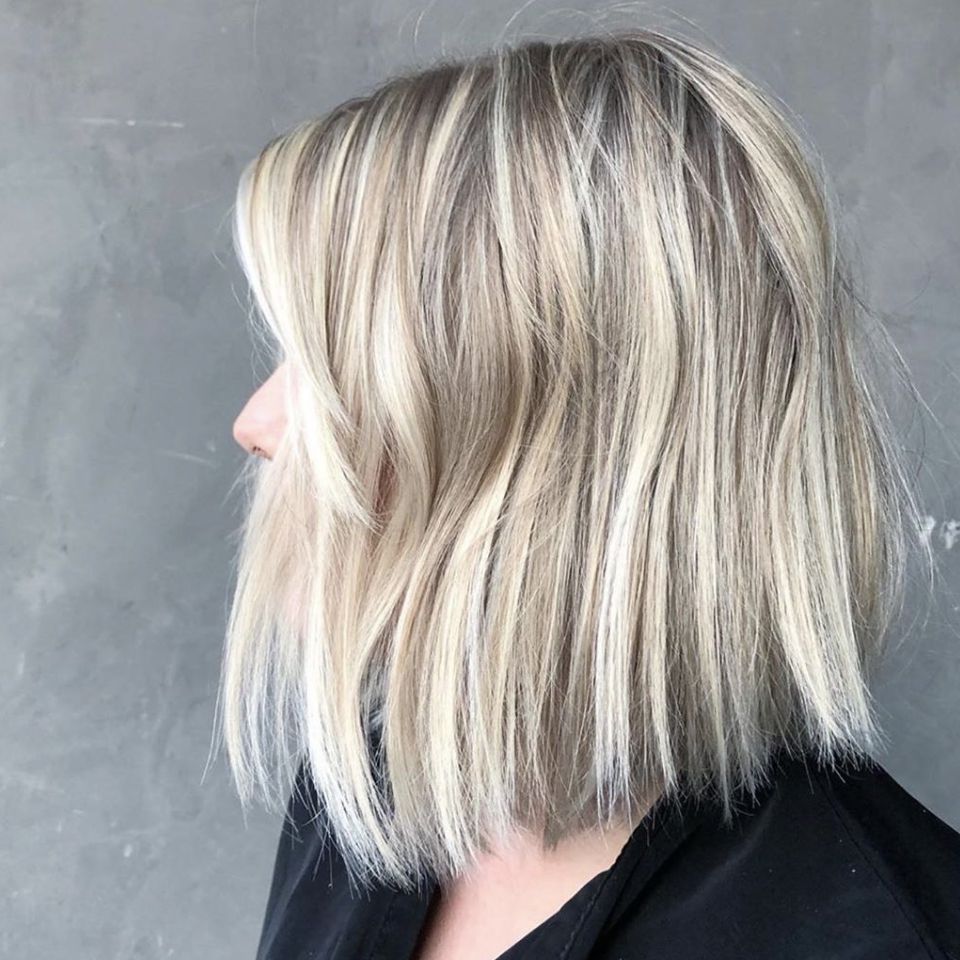
Determining your undertone
Tips for identifying warm undertones
There are a few simple methods to help determine if you have warm undertones. One way is to look at the color of your veins on the inside of your wrist. If your veins appear greenish, you likely have warm undertones. Another method is to observe how your skin reacts to the sun. If you tend to tan easily and rarely burn, it is a good indication of warm undertones. Lastly, pay attention to the colors that make your complexion appear most vibrant – if warm colors like oranges, yellows, and bronzes suit you well, chances are you have warm undertones.
Tips for identifying cool undertones
To identify cool undertones, you can also examine the color of your veins. If your veins appear bluish or purplish, it indicates cool undertones. Additionally, cool undertones are often characterized by a rosy or pinkish complexion. If you find that cool colors like purples, blues, and silvers complement your skin tone, it is likely that you have cool undertones.
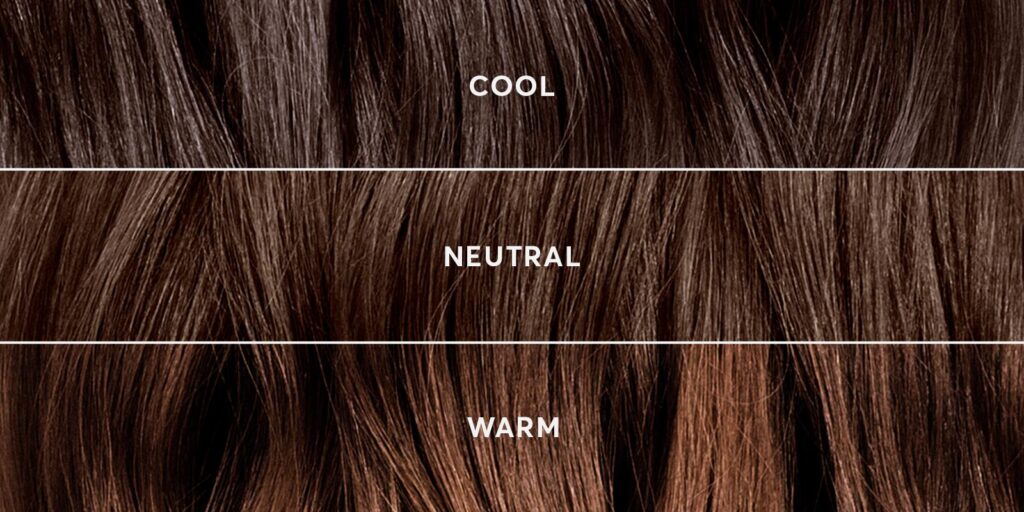
Matching undertones with skin tone
Warm undertones and skin tone
When it comes to matching your undertones with your skin tone, it’s essential to consider the overall balance and harmony of colors. Individuals with warm undertones tend to have a slightly warmer skin tone, ranging from light golden beige to deeper olive tones. Warm undertones work best with hair colors that help bring out the warmth in the complexion, creating a cohesive and complementary look. It is important to note that warm undertones can vary in intensity from person to person, and it’s crucial to find the right balance to achieve the most flattering hair color.
Cool undertones and skin tone
For those with cool undertones, the skin tone often has a cooler and slightly pinkish hue. Skin tones with cool undertones range from fair to deep, with shades like pale porcelain, light pink, or deep chocolate. Hair colors that complement cool undertones should have cool or neutral undertones as well, creating a harmonious and balanced appearance. It is important to consider the depth and intensity of the cool undertones when selecting the most suitable hair color.
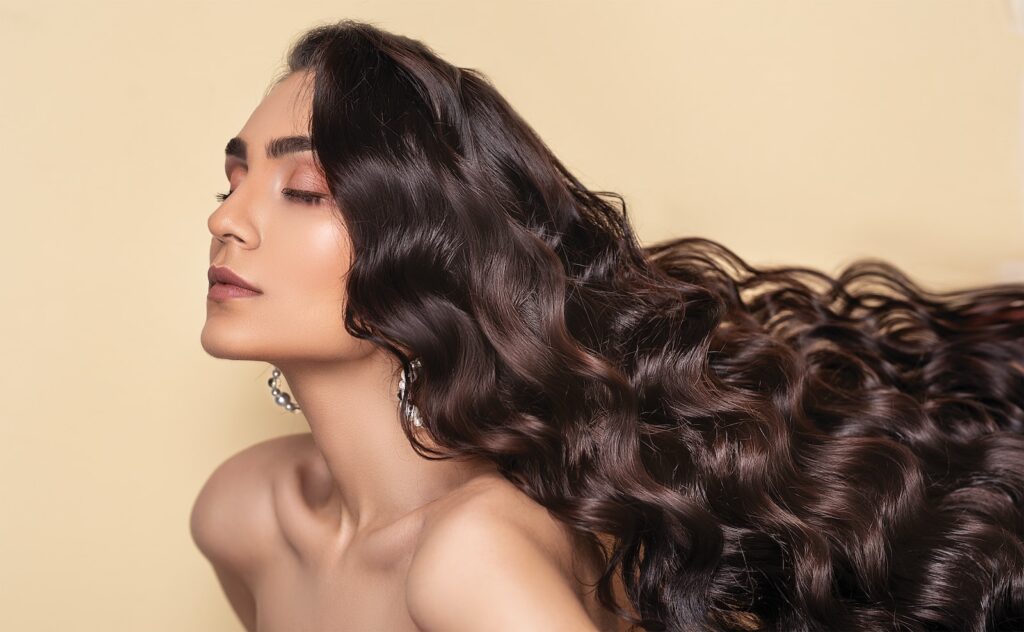
Hair color maintenance
Maintaining warm hair colors
To maintain warm hair colors, such as golden blondes or copper reds, it is important to use hair care products specifically formulated for color-treated hair. Shampoos and conditioners designed for warm hair tones help preserve the vibrancy of the color and prevent fading. Additionally, it is recommended to avoid excessive heat styling, as high heat can cause warm hair colors to become brassy over time. Regular touch-ups and salon visits are also essential to maintain the desired warm tones in the hair.
Maintaining cool hair colors
Cool hair colors, like ash blondes or platinum blondes, require specific maintenance to prevent them from turning yellow or brassy. Purple shampoos and toning treatments are particularly beneficial for cool hair colors, as they help neutralize any unwanted warmth and keep the color looking fresh and cool-toned. It is also crucial to protect the hair from excessive heat and UV rays, as they can cause the cool color to fade more quickly. Regular touch-ups and using color-protective products are key to maintaining the desired cool undertones in the hair.
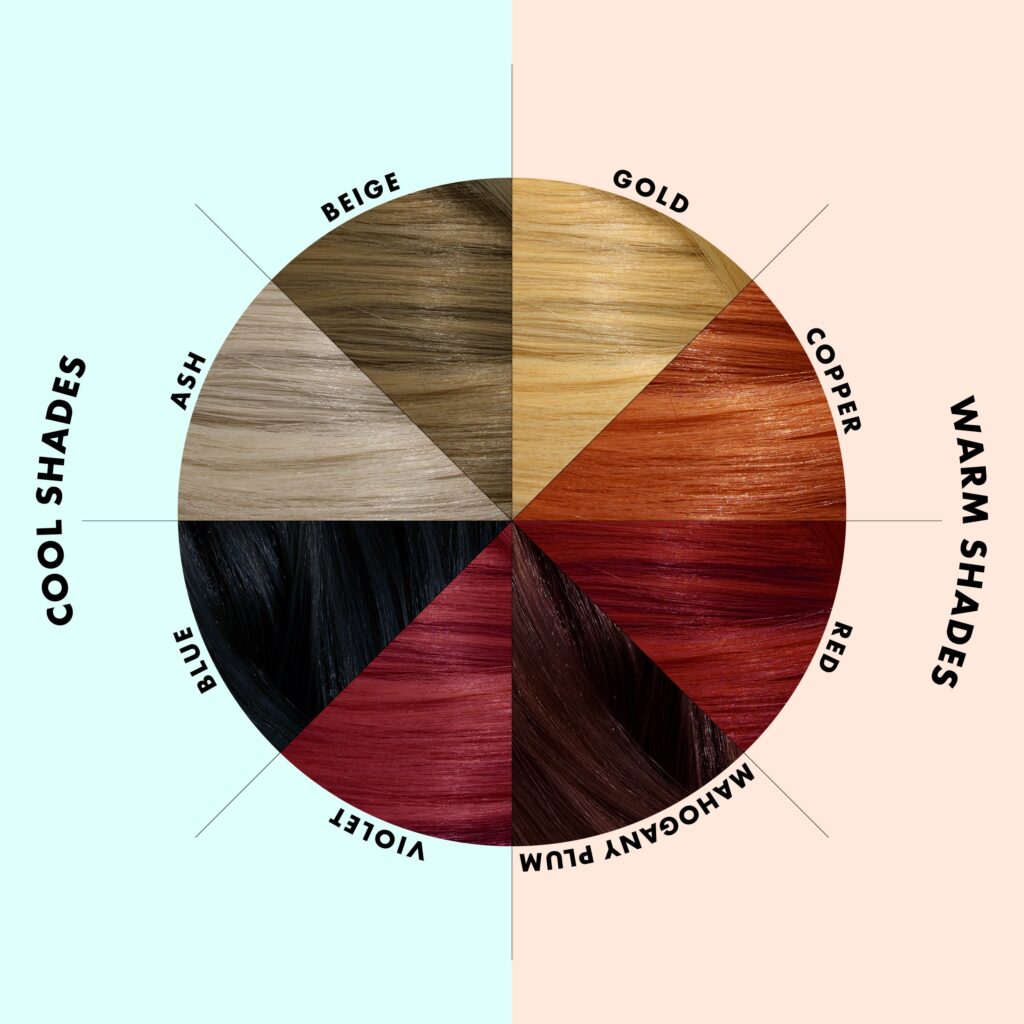
Complementary colors
Understanding complementary colors for warm undertones
Complementary colors for warm undertones are typically found on the opposite side of the color wheel. Shades like cool blues, purples, and greens provide a striking contrast to warm undertones, creating a visually pleasing and complementary look. When incorporating complementary colors into your hair color, consider balayage or highlights to add dimension and depth.
Understanding complementary colors for cool undertones
For cool undertones, complementary colors can be warm tones found on the opposite side of the color wheel. Shades like warm oranges, warm browns, and golden yellows provide a beautiful contrast to cool undertones, creating a visually appealing and harmonious look. Balayage or ombre techniques can be used to incorporate complementary warm colors into the hair, adding depth and warmth.
Hair color correction
Correcting warmth in hair color
If your hair color has turned too warm and brassy, there are ways to correct it. Purple or blue toning shampoos can help neutralize warm tones, restoring a cooler balance to the hair color. Additionally, a professional colorist can perform a color correction service to remove or adjust the warmth in the hair. It is important to consult with a trained professional to ensure the best results when correcting warmth in hair color.
Correcting coolness in hair color
If your hair color has become too cool and lacks warmth, there are solutions to correct it. Adding warmer highlights or lowlights to the hair can help introduce warmth into the color, creating a more balanced and flattering look. A professional colorist can assess the current hair color and recommend the appropriate corrective measures to achieve the desired results.
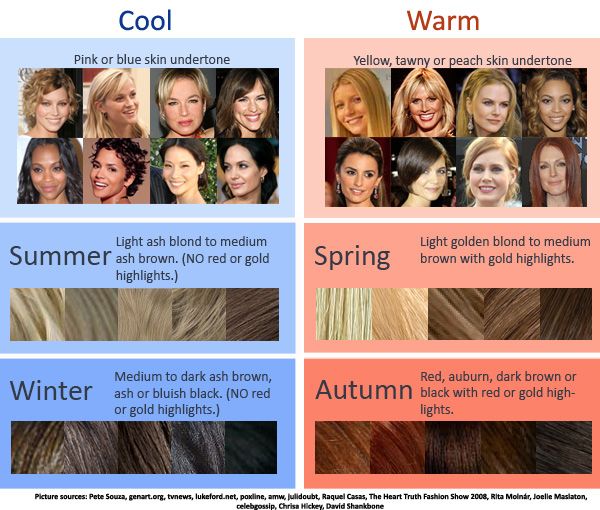
Mixing warm and cool undertones
Blending warm and cool hair colors
Blending warm and cool hair colors can create a stunning and unique look. Balayage or ombre techniques can be used to seamlessly blend warm and cool tones throughout the hair, creating a multi-dimensional and eye-catching effect. The key is to find a balance between warm and cool colors that complements your undertones and skin tone.
Creating dimension with warm and cool undertones
By incorporating both warm and cool undertones in the hair, you can create a sense of depth and dimension. For example, adding warm highlights to cool brunette hair can bring warmth and vibrancy to the overall look. Conversely, adding cool-toned highlights to warm blonde hair can create a sophisticated contrast. The combination of warm and cool undertones adds visual interest and can elevate the overall hair color.
Conclusion
Understanding hair color undertones is crucial in choosing the most flattering hair color and maintaining its vibrancy over time. Whether you have warm or cool undertones, there are hair colors and maintenance techniques that can enhance your natural beauty. By determining your undertone, matching it with your skin tone, using appropriate hair care products, and incorporating complementary colors, you can achieve a hair color that flatters your complexion and reflects your personal style. Remember to consult with a professional colorist for expert advice and guidance throughout your hair color journey. Embrace the power of hair color undertones, and enjoy the transformative effect it can have on your overall look!

